Techniques & Tools: Leaf Stencils
One of the beautiful qualities of working with encaustic is its malleability. There are so many things you can do with it. Carve it, pour it, layer it, paint with it, cast it, transfer images on it, really - you name it. This week we share a technique that uses fresh leaves as stencils. As you will see in the video below by R&F instructor Dietlind Vander Schaaf, this is an easy and fun way to capture some of the beauty around you this summer.
Norway maple leaf stencil on Ancient Gold with Indanthrone Blue encaustic paint on top and Turkey Umber Pale Pigment Stick®.
With the range of colors R&F carries in both encaustic and Pigment Stick®, there are so many possibilities to explore.
To begin, you will need a few things - your heated palette, some encaustic paint, a Pigment Stick®, blending medium, a sheet of wax paper, a spoon or whatever tool you prefer for burnishing, a couple paper towels, a potter’s needle, and some fresh leaves.
Tip: Leaves with deep veins work best.
Start with a warm, recently fused panel. We recommend Ampersand Encausticbord for its smooth, velvety surface that is ready to use. Encausticbord is a collaboration between Ampersand and R&F. It combines Ampersand’s archival sealed Hardbord panels with R&F’s encaustic gesso to create an ideal surface for encaustic painting.
Astilbe leaf stencil on Turkey Umber Pale encaustic paint with Prussian Blue on top and Ancient Gold Pigment Stick®.
Place your leaf veiny-side down on the panel, put a sheet of wax paper on top, and begin burnishing. Check to make sure all the edges of your leaf are sufficiently burnished to leave a good impression. Take care not to press down too hard on the stem of your leaf, which is typically thicker and rounder than your leaf. All you need is the impression of the stem.
Remove the wax paper and brush encaustic paint around the edges of your leaf, trying not to coat the leaf too heavily as that will make it more difficult to remove.
Tip: Keep track of your leaf stem.
Hydrangea leaf stencil on Magenta Earth encaustic paint with Ancient Gold on top and Nickel Yellow Pigment Stick®.
Give your painting a light fuse. Fuse too heavily and your leaf will peel up allowing encaustic paint to seep underneath.
Place the sheet of wax paper on top of the leaf and give it another burnishing. Then remove the wax paper and use your potter’s needle to gently remove the leaf from the surface of your painting. If you find that a bit of the leaf gets stuck in the wax, slide the potter’s needle under the leaf as best you can and lift it out.
Astilbe leaf stencil on Prussian Blue encaustic paint with Provence Blue on top and Ancient Gold Pigment Stick®.
Before you begin working with Pigment Stick®, it’s best to let your painting cool and harden overnight. This way you won’t lose any of the delicate impressions from your leaf when you rub the excess Pigment Stick® off your piece.
After your painting has cooled, we recommend coating it lightly with a layer of R&F Blending Medium. This helps act as a release agent when you want to wipe away Pigment Stick®.
Tip: When selecting a Pigment Stick® color for your final layer, consider what might complement the colors you are already working with and offer a vivid contrast.
Norway maple leaf stencil on Indanthrone Blue encaustic paint with Turkey Umber Pale on top and Ancient Gold Pigment Stick®.
Rub your chosen Pigment Stick® on the surface of your painting and wipe away the excess. No need to fuse the Pigment Stick® layer - it will cure in air over time. How much Pigment Stick® you wipe away will determine the final look of your painting. You can wipe most of it away, reactivating it with blending medium as you go, or leave a heavier amount behind like on the Norway maple leaf stencil above.
Hydrangea leaf stencil on Prussian Blue encaustic paint with Provence Blue on top and Turkey Umber Pale Pigment Stick®.
All of the demos featured here will be donated to Castle Hill’s August art auction to help raise critical funds for the arts center. Castle Hill organizes the annual International Encaustic Conference in Provincetown.
Information about Castle Hill, the conference, and their auction can be found here: castlehill.org. To learn more about workshops with Dietlind visit her website at dietlindvanderschaaf.com.







